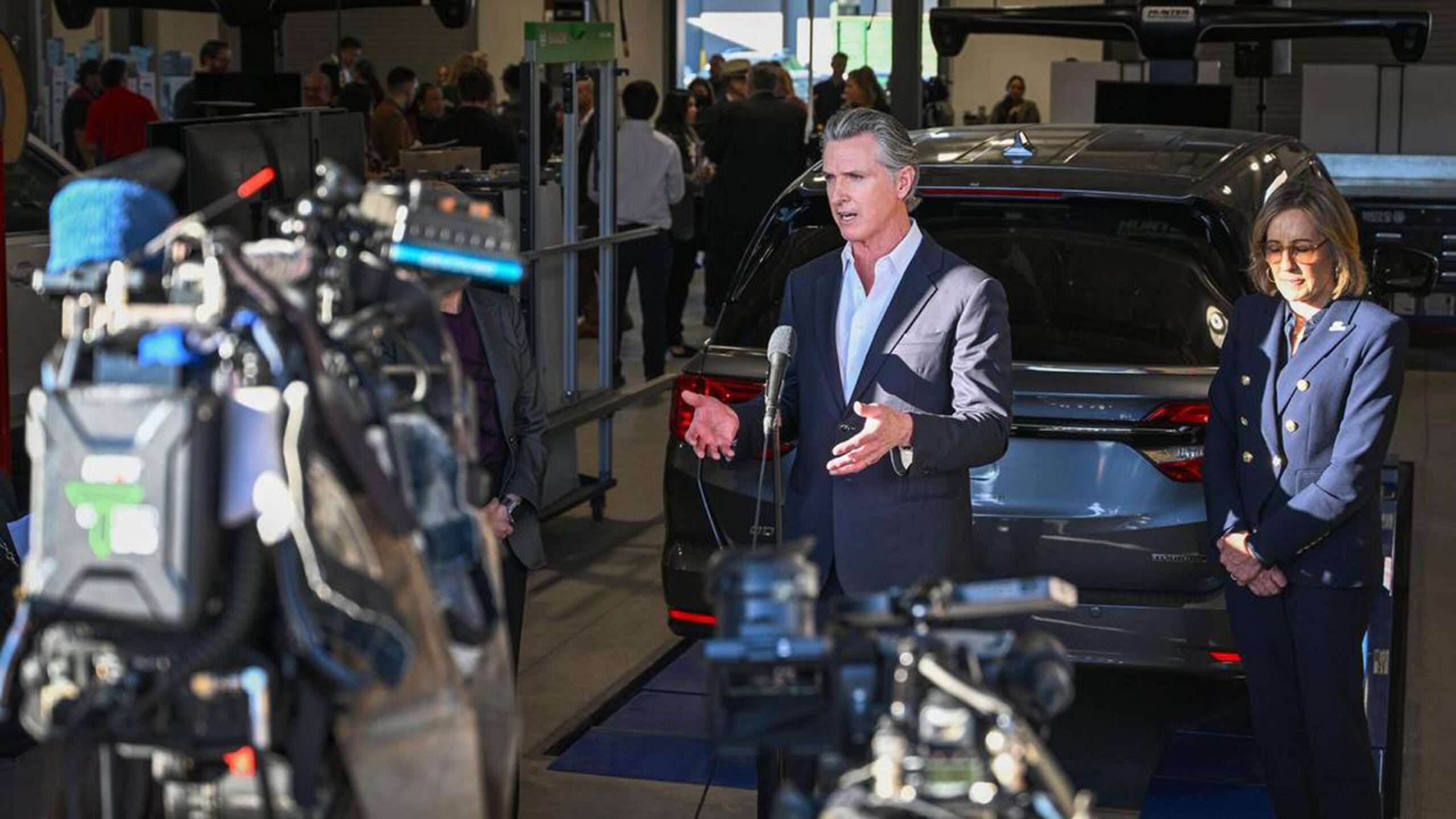As the incoming Trump administration considers rolling back the $7,500 federal tax credit for electric vehicles (E.V.s), Democratic California Gov. Gavin Newsom has pledged to restart California’s Clean Vehicle Rebate Project (CVRP) if the federal tax credit is eliminated. However, past subsidies and tax credits, like the CVRP, have been costly for taxpayers and ineffective in achieving their objectives.
The CVRP, which ran from 2010 to 2023, provided rebates for new low-emissions vehicles that met specific criteria. The program offered rebates of $7,500 for battery and fuel cell E.V.s and $6,500 for hybrid vehicles, with slightly discounted rebates available for higher-income individuals and families. Funding for the program was sourced from the state’s cap-and-trade program and annual appropriations.
Despite its intentions, the CVRP faced challenges such as long wait times for eligibility confirmation, leading to increased costs for consumers. Moreover, a significant portion of the rebates went to wealthy Californians who could afford E.V.s without the credit, raising concerns about the program’s equity and effectiveness.
Similarly, federal clean energy tax credits have predominantly benefited wealthy households and corporations, with E.V. credits costing taxpayers significantly. The overall cost of these subsidies is projected to reach $1 trillion over the next decade.
Despite allocating nearly $1.5 billion in rebates and supporting over half a million new vehicles, the CVRP has not significantly reduced California’s transportation sector’s greenhouse gas emissions, which remain a pressing issue for the state.
Any potential revival of the rebate program would necessitate legislative approval and likely rely on funding from the state’s cap-and-trade program. However, California’s budget constraints pose challenges, especially amid warnings that new commitments may strain existing resources.
In light of these considerations, it is essential for policymakers to critically evaluate the effectiveness and equity of clean vehicle programs like the CVRP. Proposals to accelerate the phaseout of certain tax credits or reallocate unspent funds may be explored to address these concerns.
Ultimately, California’s clean vehicle initiatives must prioritize environmental impact and equity over subsidizing wealthy consumers. Newsom and other policymakers should be cautious about perpetuating ineffective programs that distort markets, especially if federal energy subsidies are repealed.




